https://www.lifegate.it/uomini-e-cavalli-un-legame-che-dura-nei-secoli
- |
What fascinates man when he sees a herd of horses bradi?The idea of freedom, the splendor of agile bodies, the charm of manes in the wind?In fact, men for centuries have found in horses i faithful companions for many life circumstances.From work in the fields to war, from shooting carriages and carts at competitive events, reserving a large space also for the dreams of freedom that horses communicate.Last but not least, nowadays, equines are also very important for the pet therapy.Their function and help becomes essential in many respects.
The importance of this relationship is also confirmed by an expert:Margherita Carretti, naturalist, ethologist and operator of integrated relational pet therapy who also works with the group Animal Harmonies.“With the expression horse-assisted interventions means all those paths, having recreational, educational or therapeutic purposes, which fall within the current legislation of 2015 signed by Ministry of Health, an important step that brought recognition and order to the sector in Italy."
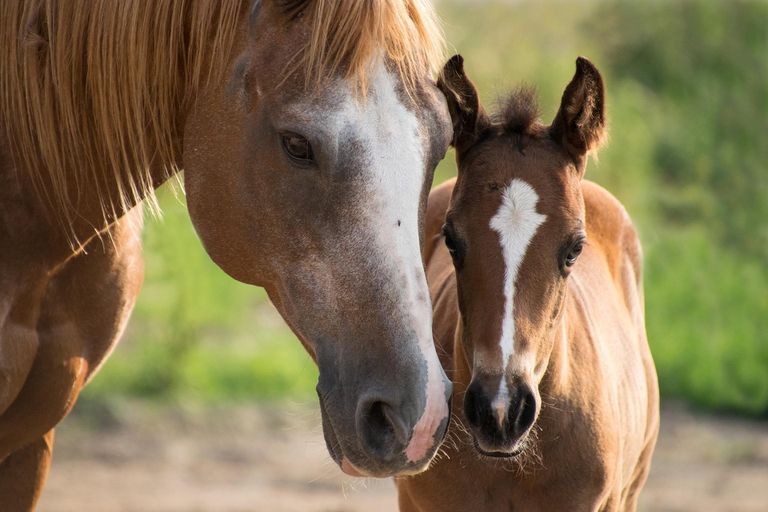
Horses and the relationship with men
It is a fact that man has always been attracted to horses.An expert on the subject confirms this: Dr. Dora Li Destri Nicosia, veterinary doctor with a master's degree in equestrian rehabilitation:“Humankind is fascinated by these animals.The reasons for this attraction find explanations that range from utilitarian to type aspects magical And symbolic (in the first ones animist societies, for example, and still today if we think about the great symbolic value of this species), until arriving at the theory of biophilia (which explains the innate tendency to fascination and toemotional affiliation with what is 'different').The horse accompanied us in ours evolutionary history, but the motivational drive that drives us towards this species today has been changing, focusing today more than ever on the possibility of establishing a social bond with it. mutual harmony which responds to the prevailing need of our society:that of feeling related, centered and connected”.
“Between man and horse, starting from the physical level (thanks to the very sensitive and constant non-verbal communicative contact and the phenomenon ofembodiment, which explains how bodily experiences and emotional and cognitive processes are closely interconnected), a real one is therefore achieved emotional and social attunement.Physiological correlates (neuro-psychological, psycho-physiological, neuro-physiological and neuro-endocrine), as well as behavioral, demonstrate the existence of this mutual attunement with a different species which underlies the 'magic' of the man-horse relationship."We are therefore linked to these animals by a double thread and their being merges and harmonizes with us, reserving for us joys and wonders.
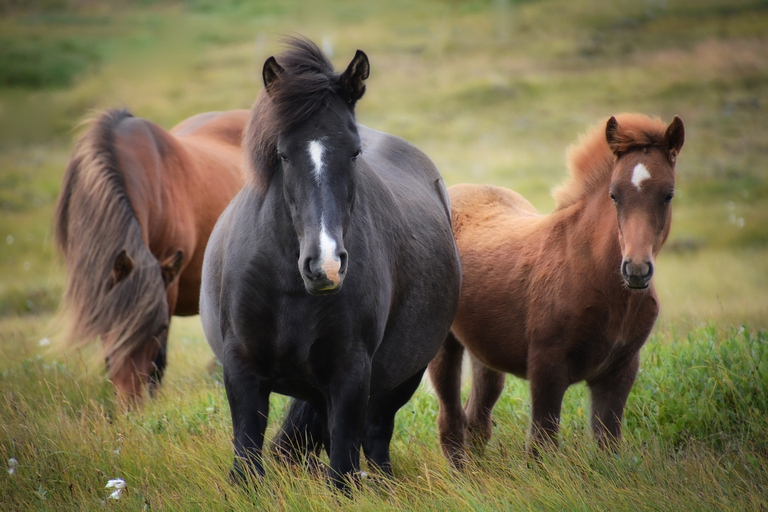
Equine physiology, a still unknown area
Yet, despite the closeness that binds humans to horses, the exact nature of these animals still eludes us.In this regard, the expert explains the knowledge of physio-esthesiology have allowed us to understand better and better how this species perceives the world from a sensorial point of view (visual, olfactory, tactile and auditory) and, on the other hand, the modern cognitive ethology in recent decades she has focused on understanding the equine mind.
“The close interconnection between cognitive-emotional aspects and sensory modalities therefore gives us, in one vision holistic, what is the horse's point of view on the world.It is a species with sensorial, reactive, kinetic, proxemic and use of space (physical, social, mental) characteristics typical of a large monogastric herbivore which evolved in plains and open spaces and was able to capture the whole, but also the smallest details, of its environment", explains Li Destri Nicosia.
“A peaceful being, endowed with a very strong social motivation and collaborative.Obviously, a preyed social herbivore will need management conditions in a domestic environment that guarantee it can respect its motivations as a species and as an individual (primarily the social, kinetic and exploratory one), allowing it a condition of ease and balance, which is the indispensable requirement to be able to hypothesize his involvement in any activity".Yes, but do we fully understand this?The horse locked in the stable box, even loved and petted, clean and well fed, will not have nostalgia for open spaces, for the herd and the closeness of his peers?And won't the return to this nature always be desirable and desired?

The symbolism of horses and their relationship with the feminine
The horse takes on very powerful symbols in the human imagination.“An interesting aspect to analyze is the symbolism linked to the horse that we find in many different cultures in various historical periods.The founding words of this symbolism are: freedom And candies.In the'Chinese astrology it is associated with charm, persuasion and emotionality.For most people, riding on their backs symbolically allows them to rise above the world, confirming a sense of power." says Margherita Carretti.Horses have also become a symbol of sexual desire:taming a stallion meant taming his sexuality and dangerous emotions.All this inevitably refers to various characteristics associated purely with the feminine and the patriarchal system based on power and strength, with the need for control and to elevate oneself over others to feel powerful.So here it is “tame” of a free and dangerous sexuality.
“Anthropological evidence suggests that most prehistoric nomadic societies were relatively egalitarian, and that patriarchal social structures did not develop until many years after the end of Paleolithic, following social and technological advances such as agriculture and the domestic use of animals.It is very interesting to find a parallel between the beginning of animal domestication and that of patriarchal society which sees the domination of men over women.It is no coincidence that in the equestrian field and in many areas of animal training this model of dominance and submission deeply internalized in our culture is proposed again", continues Carretti.
“Let's think about how since the beginning of the movement in favor offemale emancipation the animal question also emerged, bringing to light issues such as animal consciousness, the emotioni and theirs well being in our society.Today more than ever this theme has a central role, female emancipation passes through animal emancipation and vice versa, and they coexist in a profound intertwining.Women, like horses, have never been allowed, in this society, to be totally free in expressing their true essence, in an equal way, without elevating themselves to the detriment of others, but equally sharing the right to make their voices heard ”.
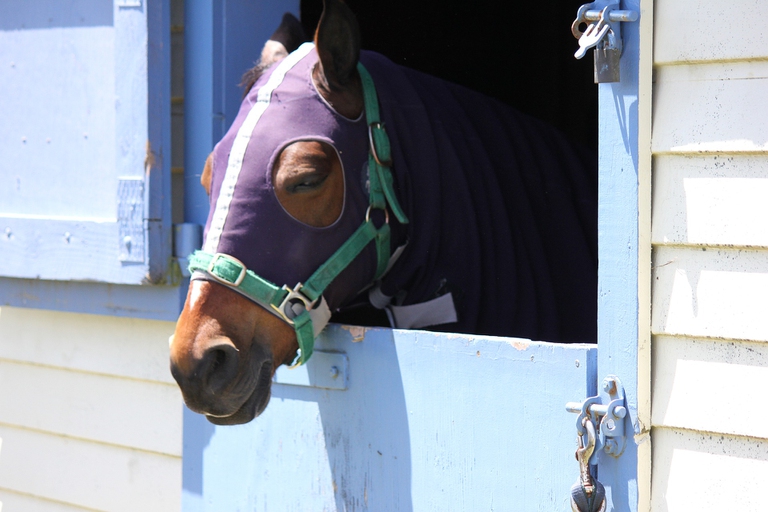
Horses and pet therapy
There is another aspect of man/horse relationship which is becoming evident in recent times:that relating to practices related to pet therapy.“The relationship with a species other than ours brings specific contributions to change which are based precisely on the existence of analogies (social, cognitive, emotional and affective-relational) and diversity.The horse, therefore, compared to other species used in animal-assisted interventions it is characterized first of all by the values that proceed the symbolic and archetypal relationship, but also connected with the high perception and role of a socio-cultural type.Let us think, therefore, of the strong symbolic value expressed by the world of mythology, of brands and advertising, or of the social recognition and prestige linked to the equestrian world.
We must also observe that its characteristics of large herbivore they explain its very strong nature intelligence social and emotional which justifies its definition of 'living mirror', amplifier of our interiority", explains Dr. Li Destri Nicosia.And the physical characteristics of the animal allow its involvement in equestrian activity, in which the positive effects of the relationship add to those connected with the benefits of psycho And neuro-motor.
“To ensure that horse-assisted intervention projects are truly effective, the animal welfare must be in first place.For this reason, we talk about experiences based on mutual listening and respect, which aim to make people and animals feel good.Experimenting and living healthy relational dynamics with the horse, based precisely on collaboration and not on the competition, on the equality and not on hierarchy, on acceptance and not on imposition, contributes to creating and discovering new personal resources of support in reflective and therapeutic processes", adds Margherita Carretti.
“Speaking of scientific evidence on the matter, it has also been demonstrated that there is a reality physiological change when we find ourselves interacting with this animal:we know that it is stress and theanxiety are reduced because the level of cortisol decreases and increases the production of serotonin, the hormone associated with well-being (Odendaal and Meintjes – 2003).Also on a hormonal level, it has been shown that coming into contact with a horse increases the levels of oxytocin, the emotional bonding hormone (Garvish et al.1981, and Olmert – 2009), while the pressure it lowers and the heartbeat slows down, to name just a few benefits.Furthermore, the horse naturally roots itself to the ground:its size instinctively slows down thoughts and actions, allowing you to connect with your own feelings and listen to yourself."
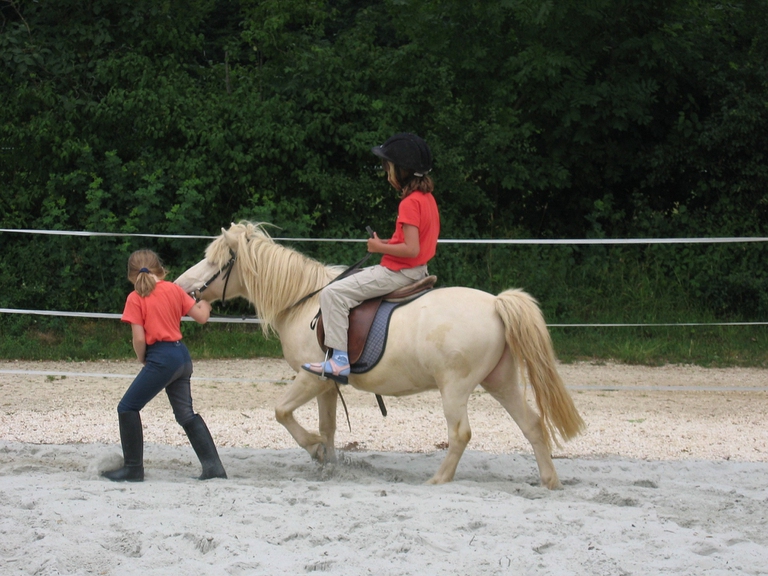
Talea's story
I think it is obligatory, in conclusion, to tell the story of a mare - Cutting – which highlights the sophisticated relationships between humans and horses, and their sometimes unexpected developments. Margherita Carretti tells it to me because Talea is his mare, blossomed to new life in the name of love.“We met with Talea in 2004, she a young filly of three years recently arrived Italy:small, disheveled and with fire in her eyes.I was just a teenager in the midst of an existential crisis, with a single passion:the animal world.Ours was a real one love at first sight, like two souls who were waiting for nothing else.From there our life journey together began.At the time my life revolved around the world of horse riding, which meant daily training, weekend trips to competitions and many sacrifices.With Talea we were completely sucked into that competitive and competitive universe.The results arrived, but they were never enough, my need for perfection was continuously fueled by the inexorable requests to raise the bar.And I was more and more dissatisfied and Talea more and more restless, rebellious and distant from me."
This continuous pushing on the accelerator had led the mare to suffer from periodic pain colic, real intestinal blockages very dangerous that can easily lead to the death of horses suffering from it.As the months passed, Talea began to no longer want to jump, oppressed by stress and the excessive expectations of her human partner. Margherita tells me:“I thought it was time to change horses.And, with the lightness of a driver who changes cars because his has problems, the solution seemed within reach."
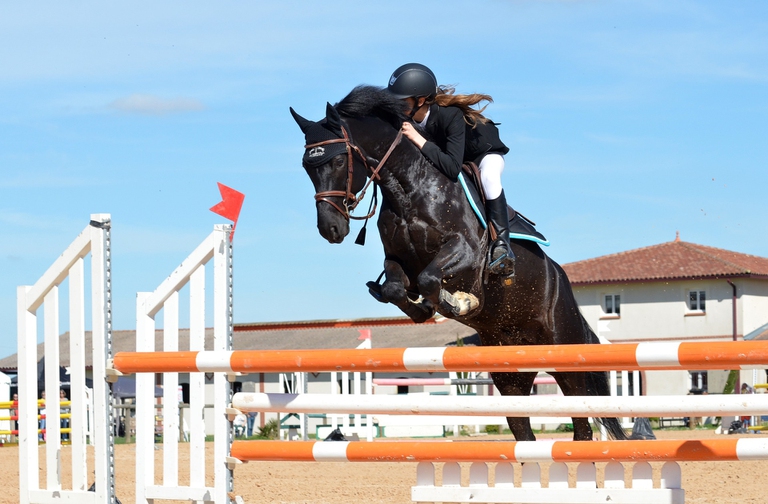
“Why waste time and energy?The problem is the horse, certainly not the rider or the environment, I told myself.But Talea was just trying to make me understand that there was something profoundly wrong with that gratuitous prevarication, in imposing my will on her without leaving her room for expression, without allowing her will to emerge.Luckily she never gave up and I didn't get misled by shortcuts.While our life proceeded inside an unconscious limbo, in the 2009 the possibility of a has arrived I change my life for both, like a lifeline.
Talea has found a new home at the headquarters of LUNEnuove social cooperative, where a young donkey named Tina was waiting for her.Here together we took our first steps into the world of treatment and of helping relationship.We came into contact with a challenging reality internal well-being comes first and not results and who gave value to feelings and not to appearance.Talea communicated to me her newfound serenity, the colic had disappeared and she seemed increasingly confident and calm towards the outside world.Her eyes were as bright as the first time I met her, I had finally understood what her rebellious nature had been trying to communicate to me for so many years.Only thanks to her had I found my compass:like a big sister trying to guide you in the right direction, Talea had put all of herself into play so as not to get me lost in the illusory world we lived in before."
And Talea is and remains Margherita's compass, now an established professional and mother of a beautiful child.When she is in crisis and feels lost, contact with the mare and with her own world made of nature and simplicity brings her back down to earth, ready for new challenges and different adventures.Hasn't the magical relationship that binds men to horses always been like this since the dawn of centuries?
